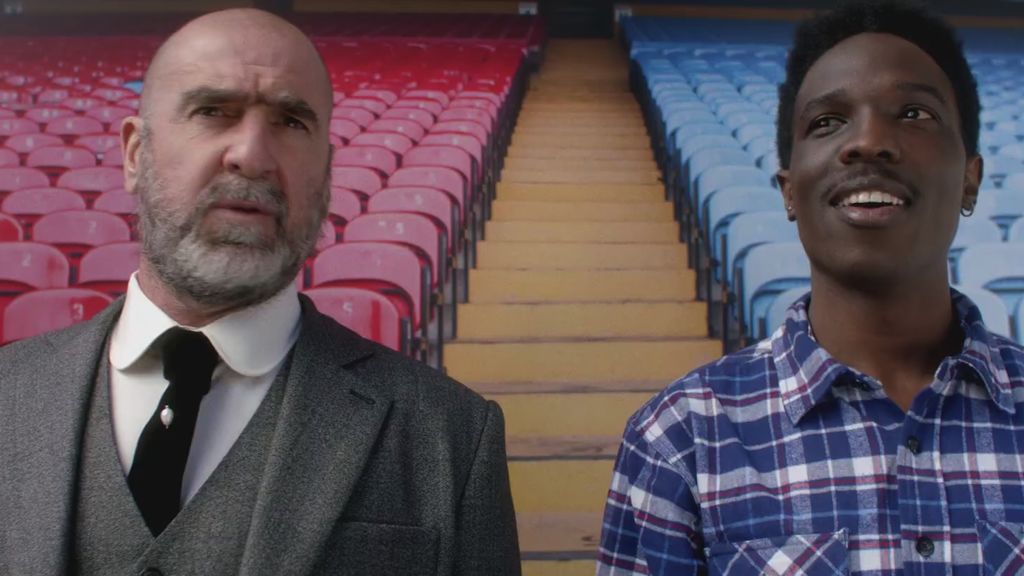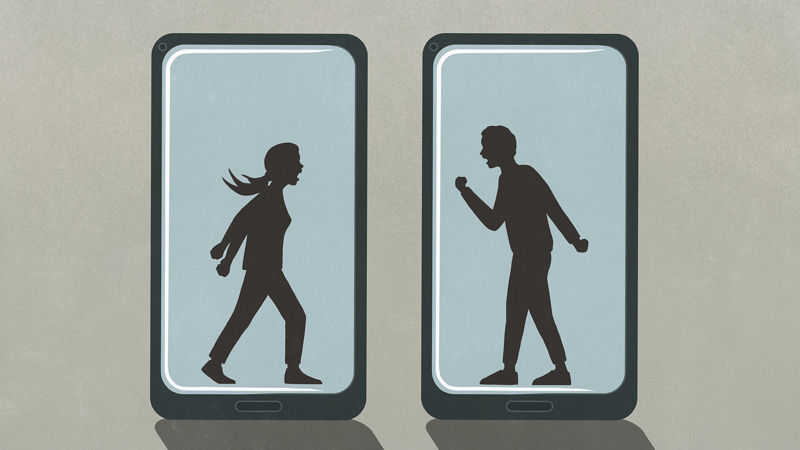Creativity is back in the spotlight at last.
After years confined to the sidelines as data, analytics, tracking and optimisation became priorities, we are finally seeing a renewed celebration of truly creative advertising (in amongst all the ever-important number crunching).
With the change in audience demand has come a change in approach from brands.
And as third party cookies continue their slide into oblivion, no one is more focused on creativity than publishers. The need to draw brands in with an engaging consumer proposition should now be the priority of every digital publisher keen to keep their revenue streams in good health.
Credits
powered by
Unlock full credits and more with a Source + shots membership.
Credits
powered by
- Production Company CANADA/UK
- Director Pensacola
- Ad Agency Copa90
- Editor Carlos Font Clos
- Colorist Simon Bourne
- Audio Post Sam Robson
- VFX Supervisor Christian Baker
- VFX Framestore/London
- DP Olan Collardy
- Producer Luke Plaister
- Creative Director Lawrence Tallis
- Creative Director Enric Soldevila
- Producer Anna MacDonald
- Producer Karen Noden
- Talent Eric Cantona
- Talent Jordan Henderson
- Talent Trent Alexander-Arnold

Credits
powered by
- Production Company CANADA/UK
- Director Pensacola
- Ad Agency Copa90
- Editor Carlos Font Clos
- Colorist Simon Bourne
- Audio Post Sam Robson
- VFX Supervisor Christian Baker
- VFX Framestore/London
- DP Olan Collardy
- Producer Luke Plaister
- Creative Director Lawrence Tallis
- Creative Director Enric Soldevila
- Producer Anna MacDonald
- Producer Karen Noden
- Talent Eric Cantona
- Talent Jordan Henderson
- Talent Trent Alexander-Arnold
Above: COPA90, a football fan culture publisher, recently combined with Sports Direct to create the brand's latest campaign.
Brands have been utilising publishers' audiences for years. From the simple banner ad, right through to the multi-touchpoint digital campaign, we've seen it all. And throughout the last few years, publisher content has been evolving too. With the rise of social media came the surge in popularity of the viral meme and short, snappy, shareable content. This coincided with the growth of programmatic which, in its infancy, did little to truly advance creativity in digital advertising.
As demand for insightful, intelligent content rose during the pandemic, we are now seeing an appetite for more substantial media.
However, with the change in audience demand has come a change in approach from brands. Where younger audiences are now seeking more opinion-forming, educating, thought-provoking content from publishers, advertisers are being given the opportunity to reach a far more engaged, emotionally involved raft of consumers. As well as long-form written content there has been a major rise in podcasting, video interviews, social cut downs of sought-after content - such as that from our own content partnership with Premier Sports - and more.
This shift marks a new era for the publisher-advertiser relationship; consumers now expect better, which means there is no going back. As demand for insightful, intelligent content rose during the pandemic, we are now seeing an appetite for more substantial media. Combine that with some more technical realities such as the end of cookies plus the IDFA opt-out with Apple’s iOS 14.5, and the need for powerful content has never been greater. The deeper connections that are being formed between readers and credible, considered publishers is translating into heightened connections between those readers and the brands who are appearing alongside this new style of content.

Above: JOE Media's partnership with Hotels.com shows how publishers and brands can work together well.
And with this comes a raising of the bar across all digital publishing. There is now little excuse for irrelevant banner ads or irritating pop ups that, at best, get ignored and, at worst, aggravate and alienate. Instead, we are entering a new era for online advertising; visually captivating, highly original and creative opportunities driven by equally captivating and original journalism.
There is little excuse for irrelevant banner ads or irritating pop ups that, at best, get ignored and, at worst, aggravate and alienate.
With the demise of third party cookies, contextual advertising that is carefully targeted at specific groups via publisher sites will become more important than ever. What we must see now is brands utilising the commercial teams at the publishers who speak to their preferred audience and establishing the best ways to use their owned platforms to their advantage. Publishers can act as proxy agencies, helping pull together brilliant sponsor partnerships, eye-catching creative and ad content that works in synergy with the content it appears alongside.
Sponsorships should look and feel natural and obvious, not clunky and pointless. Take those insurance companies and little known software brands that sponsor Premier League football shirts. What does getting your name in front of millions of sports fans who will never have any cause to use your brand actually get you? Kudos among rivals, yes, but value for advertising bucks? I’m not so sure. Conversely, for significantly less money, brands can get their message in front of millions of existing and potential customers in a memorable, engaging way.
Publishers can act as proxy agencies, helping pull together brilliant sponsor partnerships, eye-catching creative and ad content that works.
So, for marketers, maybe this is the time to sit back and let someone else do the hard work. Allow publishers to advise on the best way for them to drive value from engaged audiences, while tapping into their creative commercial teams who have a distinct understanding of how to create deep connections and leverage the full potential of their platforms.
And, in return, publishers whose survival depends on this rapid evolution of their content offering can drive enhanced, contextual creativity that, for some, could be a financial lifeline.
)













